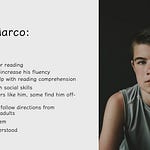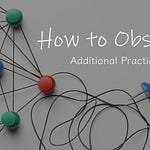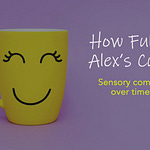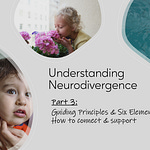Not all students who struggle look like they’re struggling. Some kids are really good at masking. Masking is pretending to be fine when you aren’t. Older kids are especially likely to mask their difficulties. But even when kids aren’t intentionally hiding their struggles, it isn’t always obvious why they’re having trouble in school.
This video shows you how you can find clues about how these kids’ brains are working: what to look for and what their behaviors tell you. I have intentionally not included the Observable Sensory Behaviors checklist because many of the behaviors this fictitious student displays are not on it. This is very true to life. Most behaviors you’ll see in students aren’t on lists of sensory behaviors. That’s because everyone is an individual, and it’s impossible to write down every behavior that every student might demonstrate. Instead, I’ll show you patterns our fictitious student displays, and I’ll demonstrate how to think about sensory systems so that you can understand how your students’ behaviors meet their sensory needs.
Listen to this episode with a 7-day free trial
Subscribe to Practical Neuroplasticity to listen to this post and get 7 days of free access to the full post archives.










